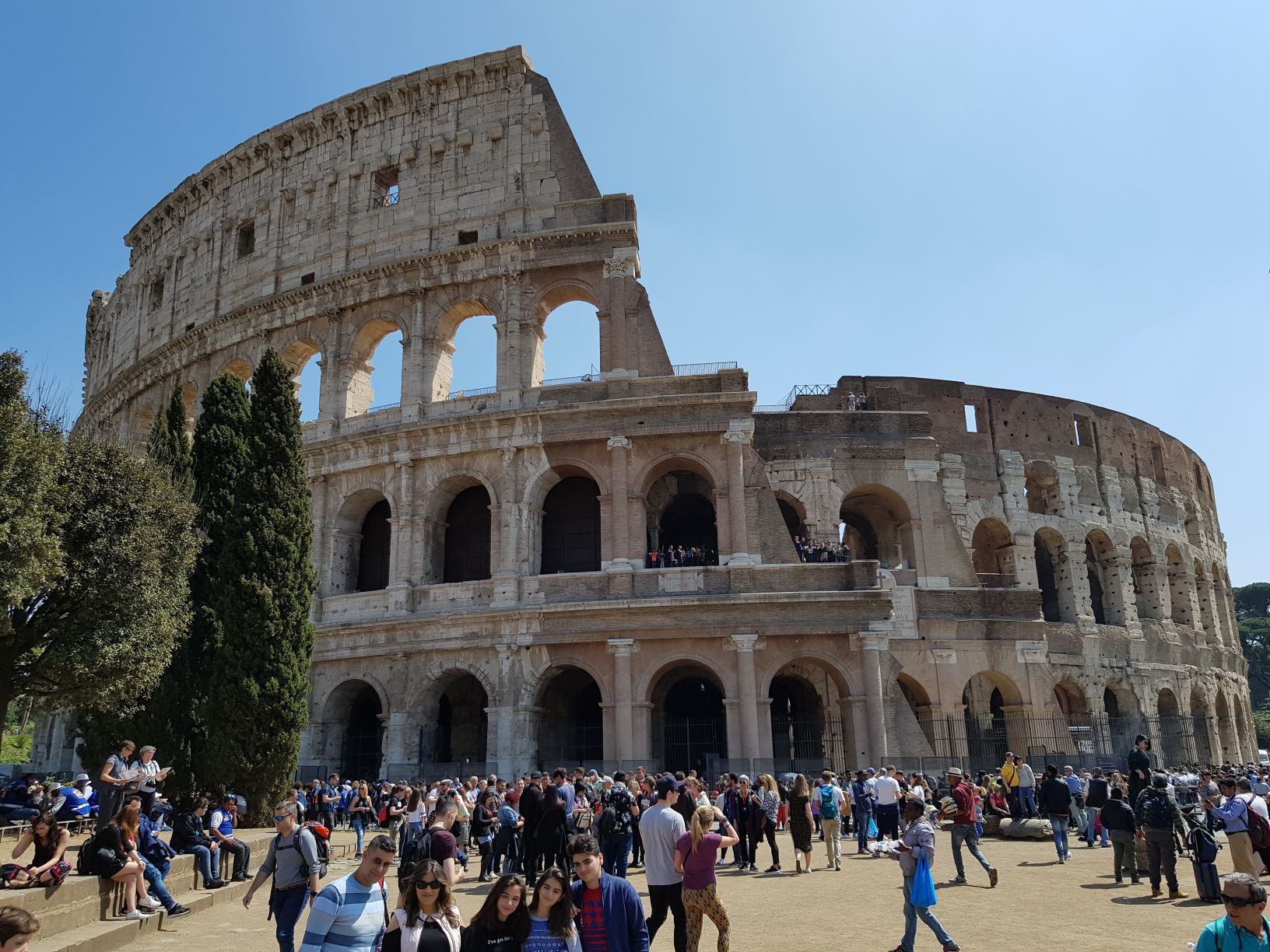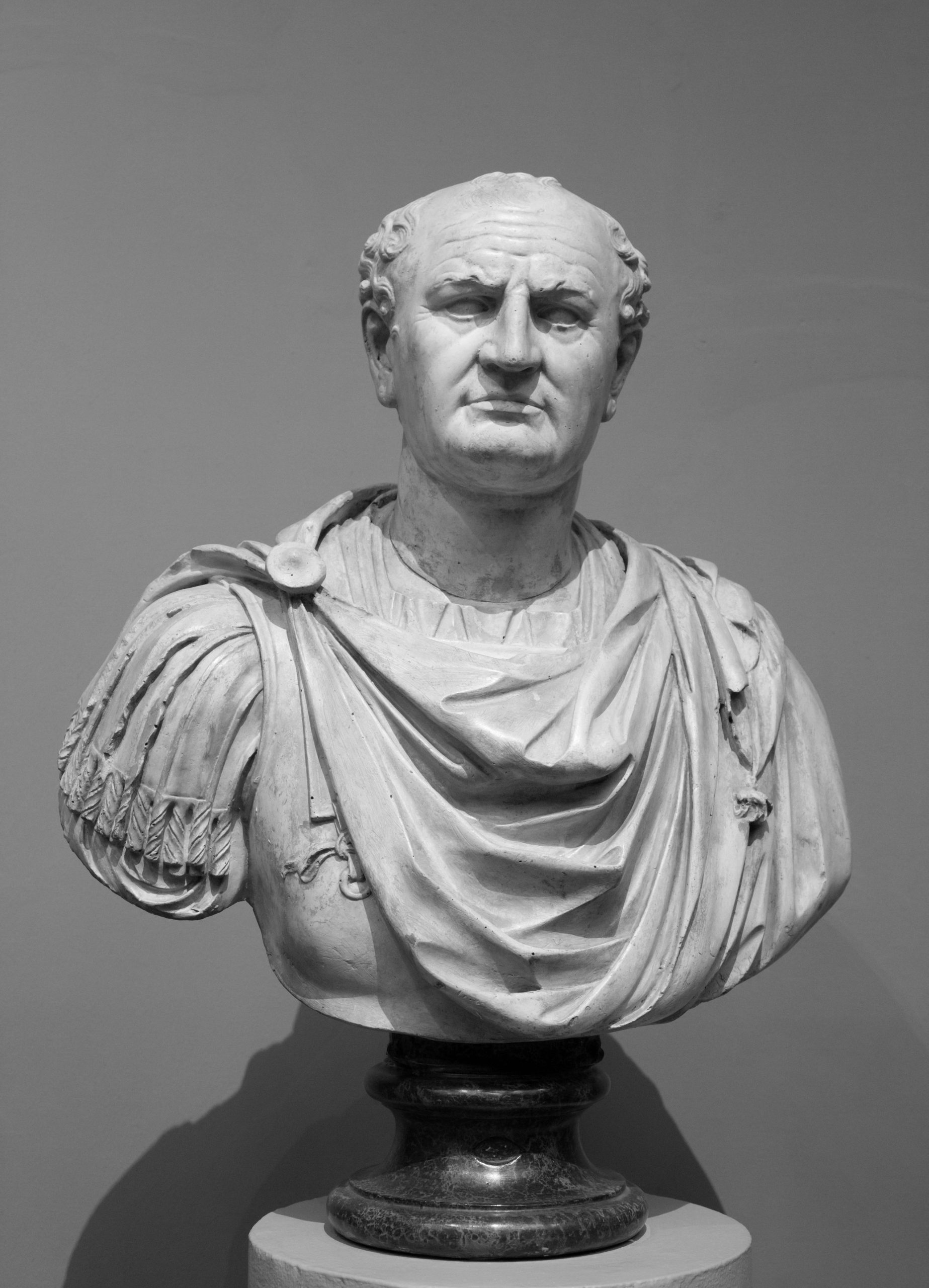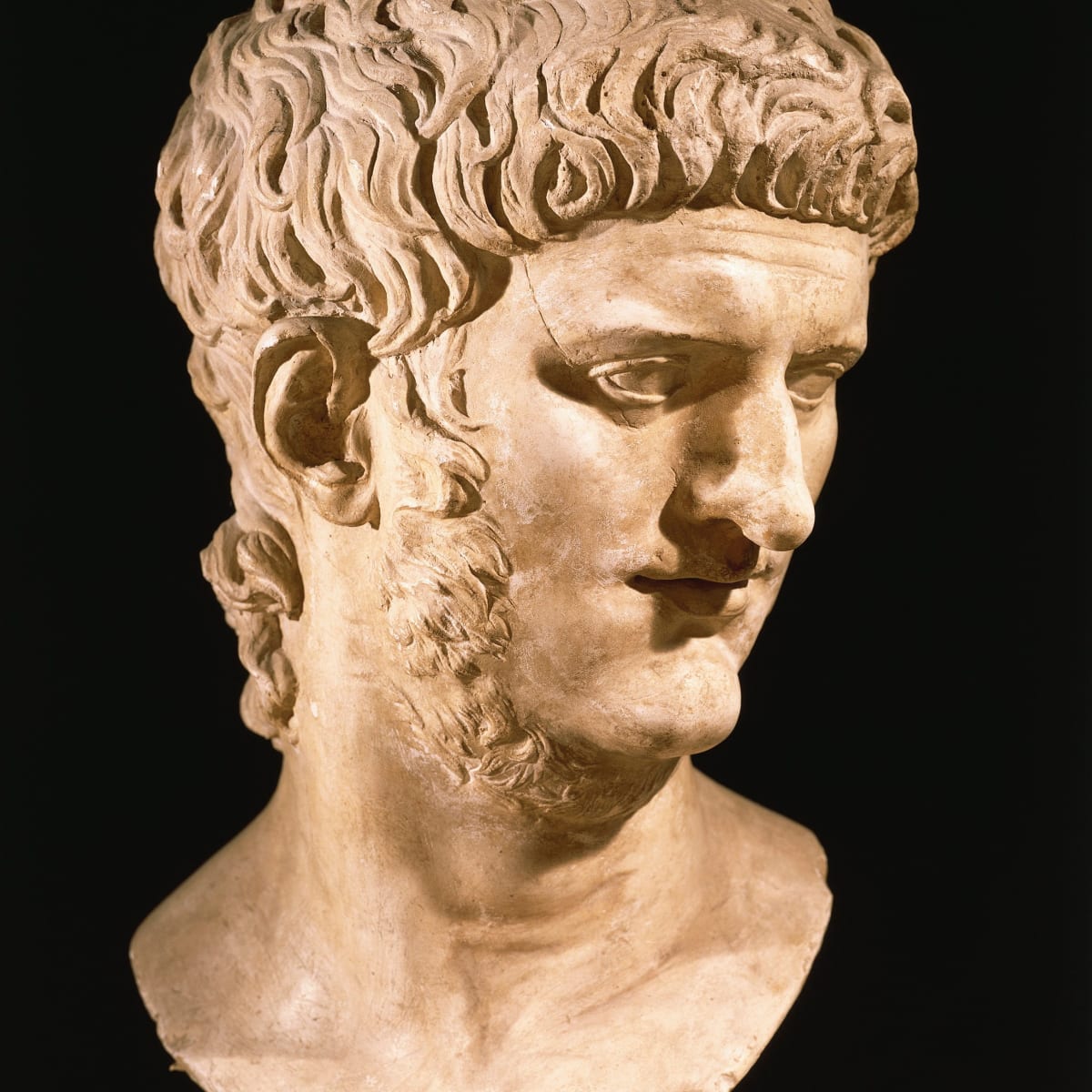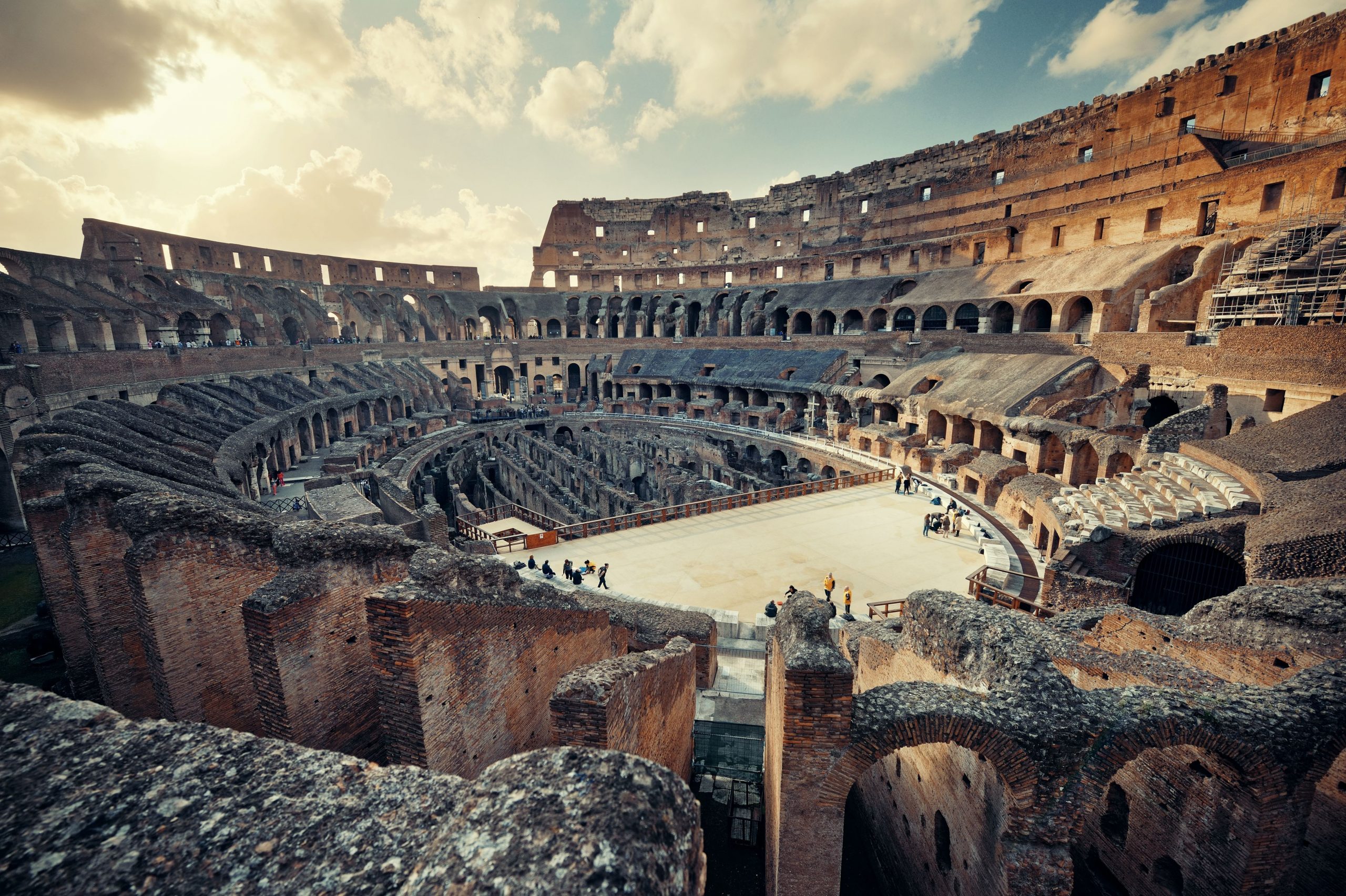1. THE COLOSSEUM IS NOT THE ORIGINAL NAME
The Colosseum was built by the Emperor Vespasian, inaugurated during the reign of his son, Titus, and completed under his youngest son, Domitian. Together these rulers were known as the Flavian Dynasty (colosseum history/FLAVIANS) and the name of the building followed suit: The Flavian Amphitheatre. The ‘Colosseum’ is a nickname that emerged later during the middle ages and relates to the gigantic 100-foot (30m) bronze statue of Nero as the sun God created to rival the Colossus of Rhodes. The Colossus Neronis or Colossus of Nero was placed by the Flavian Amphitheatre by Hadrian when he built the adjacent temple of Venus and Roma(A.Rome/RForum/temple of venus and Rome. The meaning of Colosseum may be ‘building by the Colossus’. The Colossal bronze statue disappeared sometime in the 8th century but the nickname stuck.
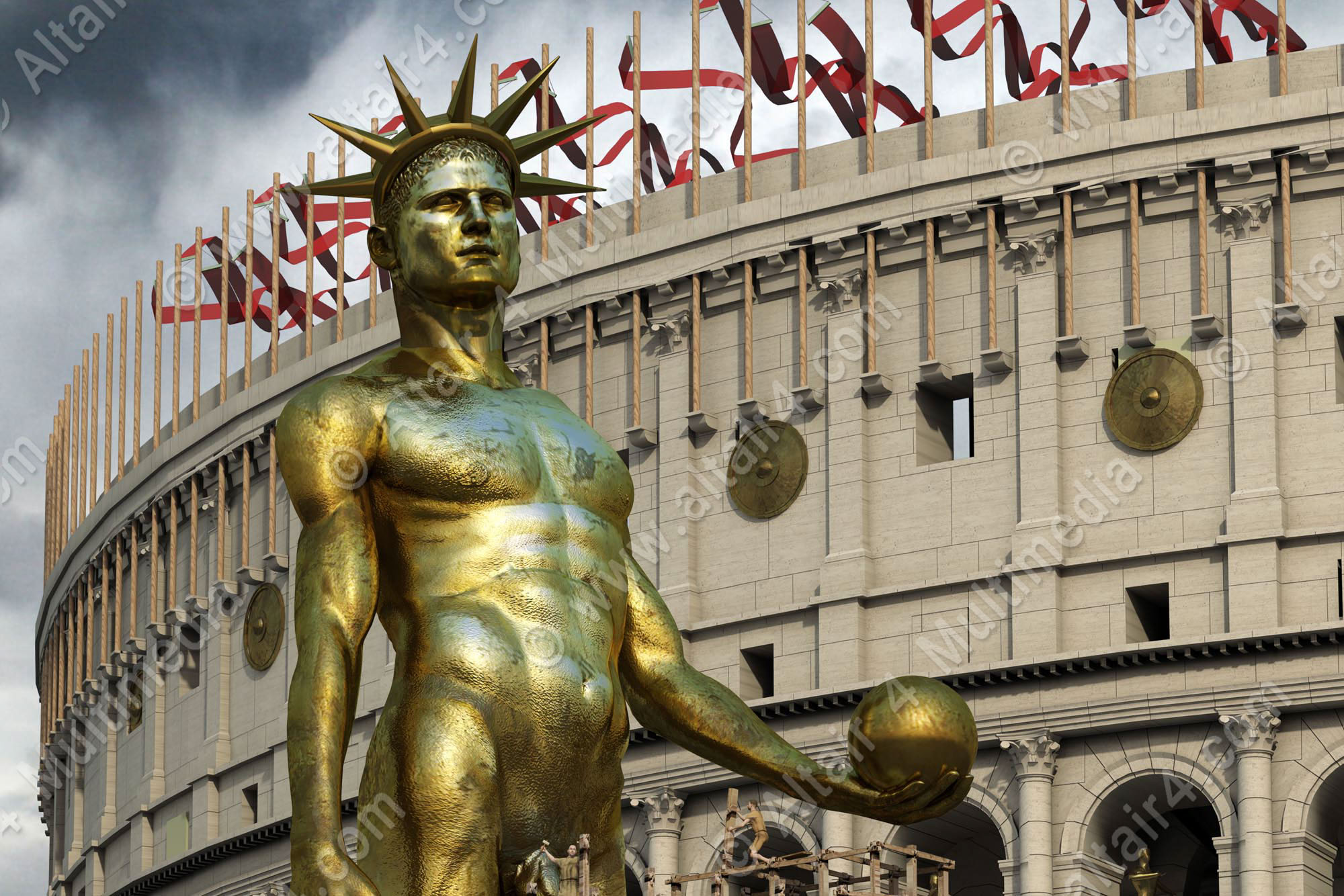
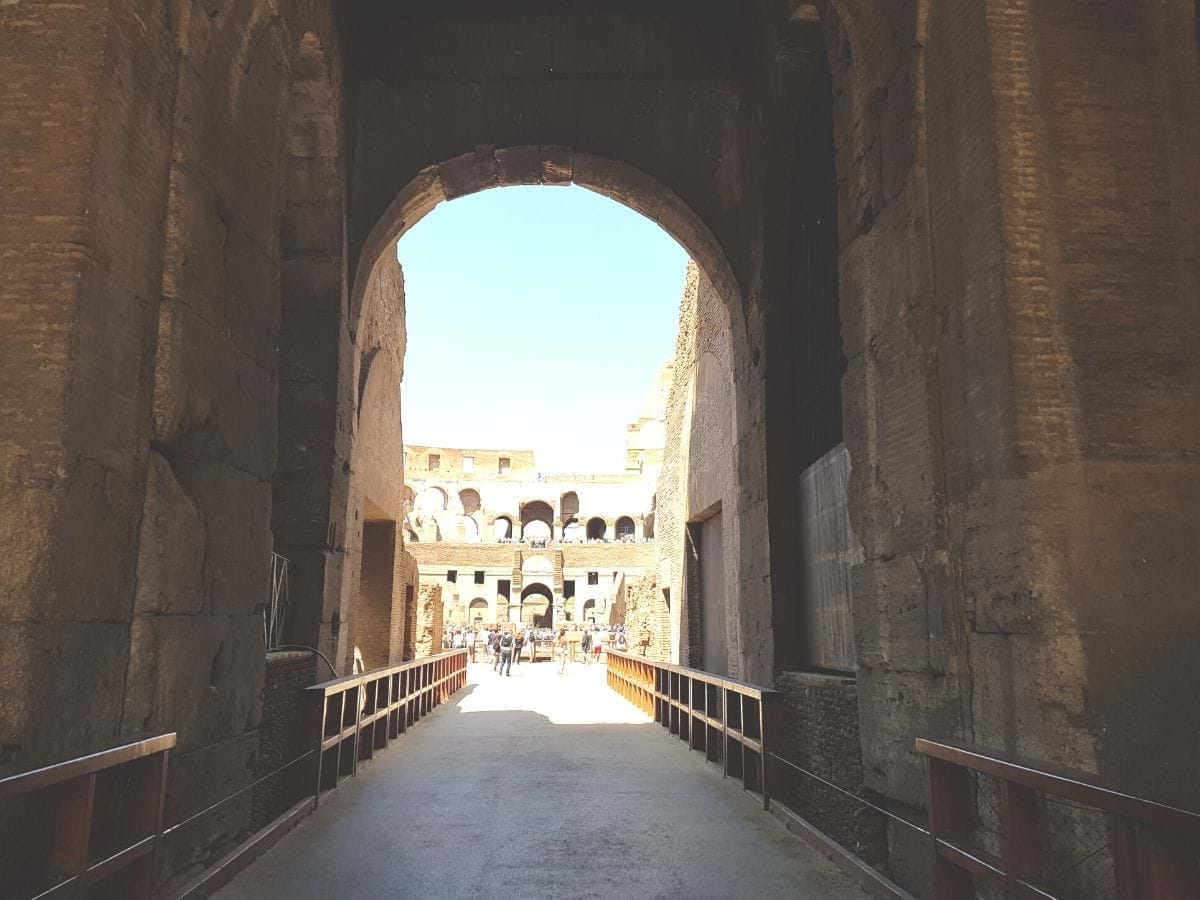
2. TRIUMPH OR DEATH
Two of the Grand Archways of the Colosseum were named Porta Libitinaria (Door of Death) and the Porta Triumphalis (Door of Victory). Those who fought in the Colosseum however, did not have the liberty to choose through which gate they would leave. The death of animals and criminals was almost a given, but the fate of gladiators on the other hand, was not so certain. Gladiators did not come cheap – feeding, housing and training gladiators was a pricey affair. Killing every gladiator who fought did not make financial sense for anyone involved (especially the gladiator). Although we do not know the rules, there were referees and combatants could call a timeout – this is very different from what we imagine. Injured or dead gladiators left through the Porta Libitinaria (named after Libitina goddess of tombs) which led to the hospital and morgue situated by the Ludus Magnus. Winning gladiators left through the Porta Triumphalis. Occasionally, no doubt if a gladiator was seriously injured, the crowd may be asked to decide the fate of the defeated warrior.
3. WHAT HAPPENED TO THE COLOSSEUM’S OUTER WALL?
We’ve all seen the “photogenic” side of the Colosseum with its distinctive archways and columns. Only one side of the Colosseum is the original height and still faced with Travertine; when you continue around the other side of the structure the picturesque facade is nowhere to be seen, it is capped with brick. Where did it all go? Whilst we know recycling is good it seems the massive re-use of parts of the structure left it unstable. After the iron clamps that held the travertine together were taken sometime in the 6th century; fires, lightning and earthquakes caused structural damage and part of the outer wall collapsed. The Colosseum fell into disrepair and over the centuries the masonry and marble columns were recycled into later building projects.
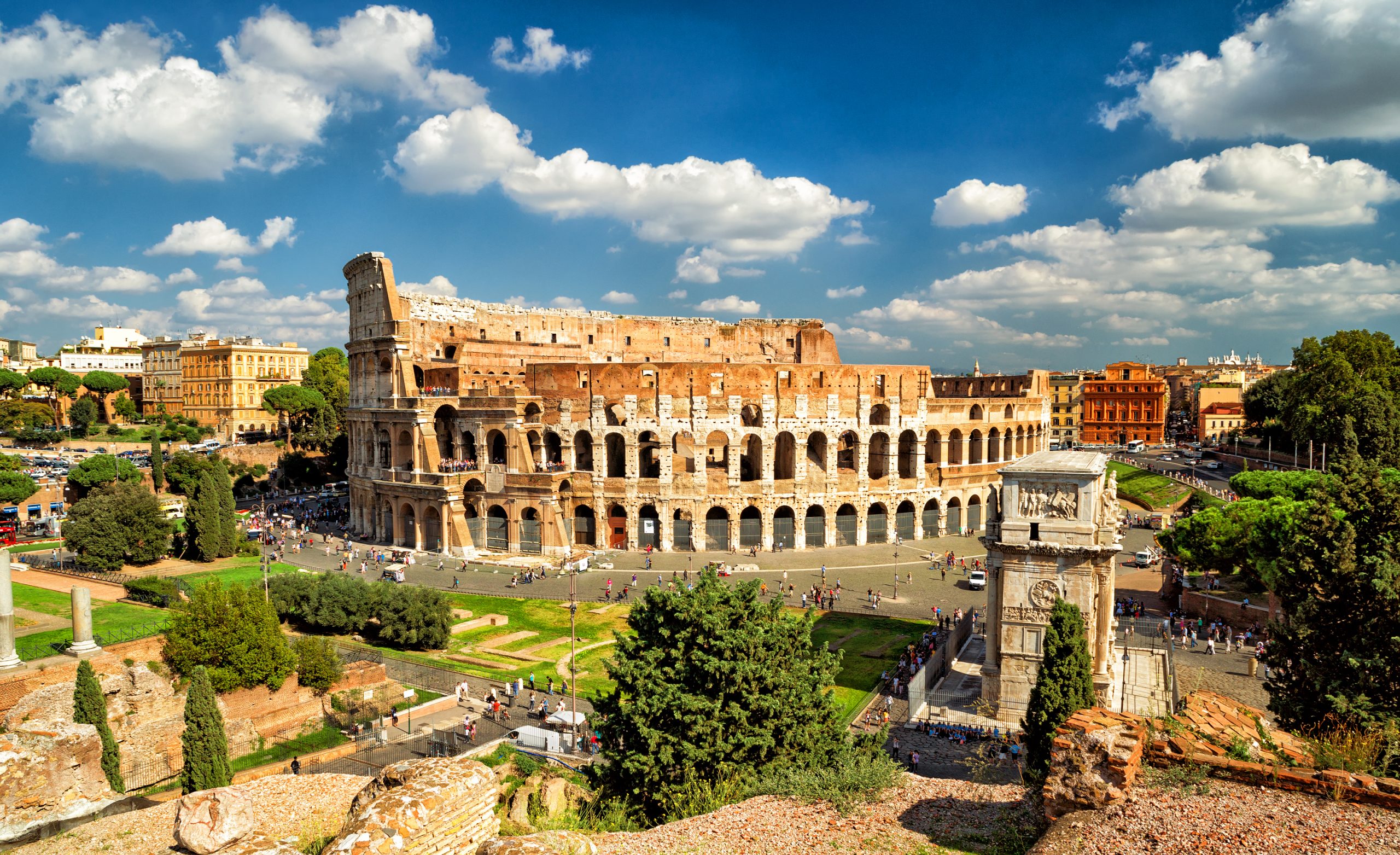
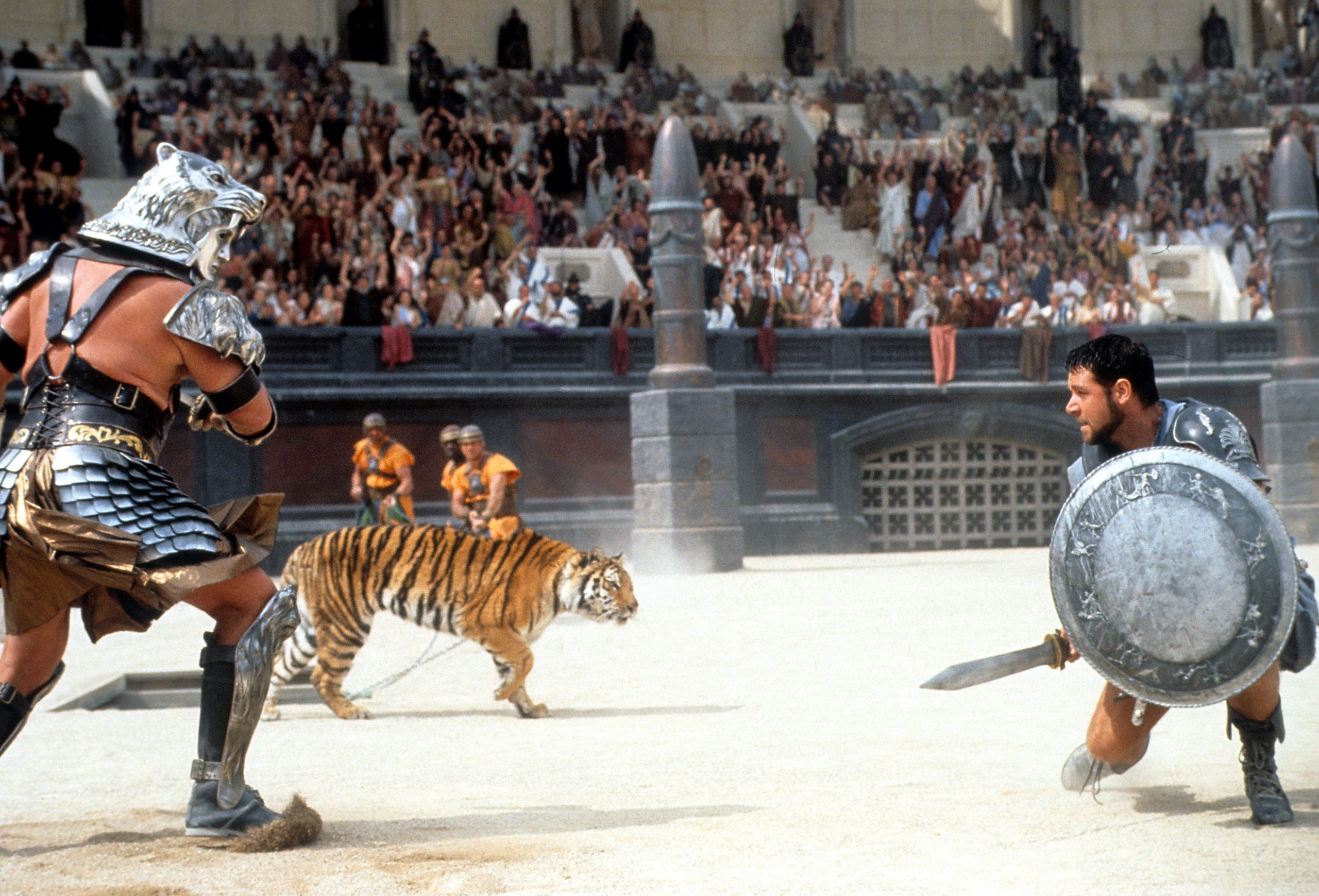
4. RUSSEL CROWE DID NOT “ENTERTAIN” IN THE COLOSSEUM
“Are you not entertained?” Although this famous line uttered by Russell Crowe as the gladiator Maximus in the movie Gladiator was set in Rome, filming did not take place inside the original Colosseum. The director, Ridley Scott, built a replica of the Colosseum in Malta. They could not reasonably reconstruct the Colosseum on set and so built just a portion of the Colosseum’s structure, the rest of the building with roaring spectators was recreated digitally.
5. SOUVENIR IN YOUR POCKET
When you visit the Colosseum, or any major tourist attractions, it is natural to want to commemorate the experience. It is illegal to take stone from the Colosseum and the cheap plaster replicas you find are made on the other side of the globe. But you may just find a souvenir in your own pocket. Check the back of a five-cent coin and you will see the image of the Colosseum much like a modern-day version of the coins minted by Vespasian to commemorate the Colosseum’s inauguration in the year 80 AD.

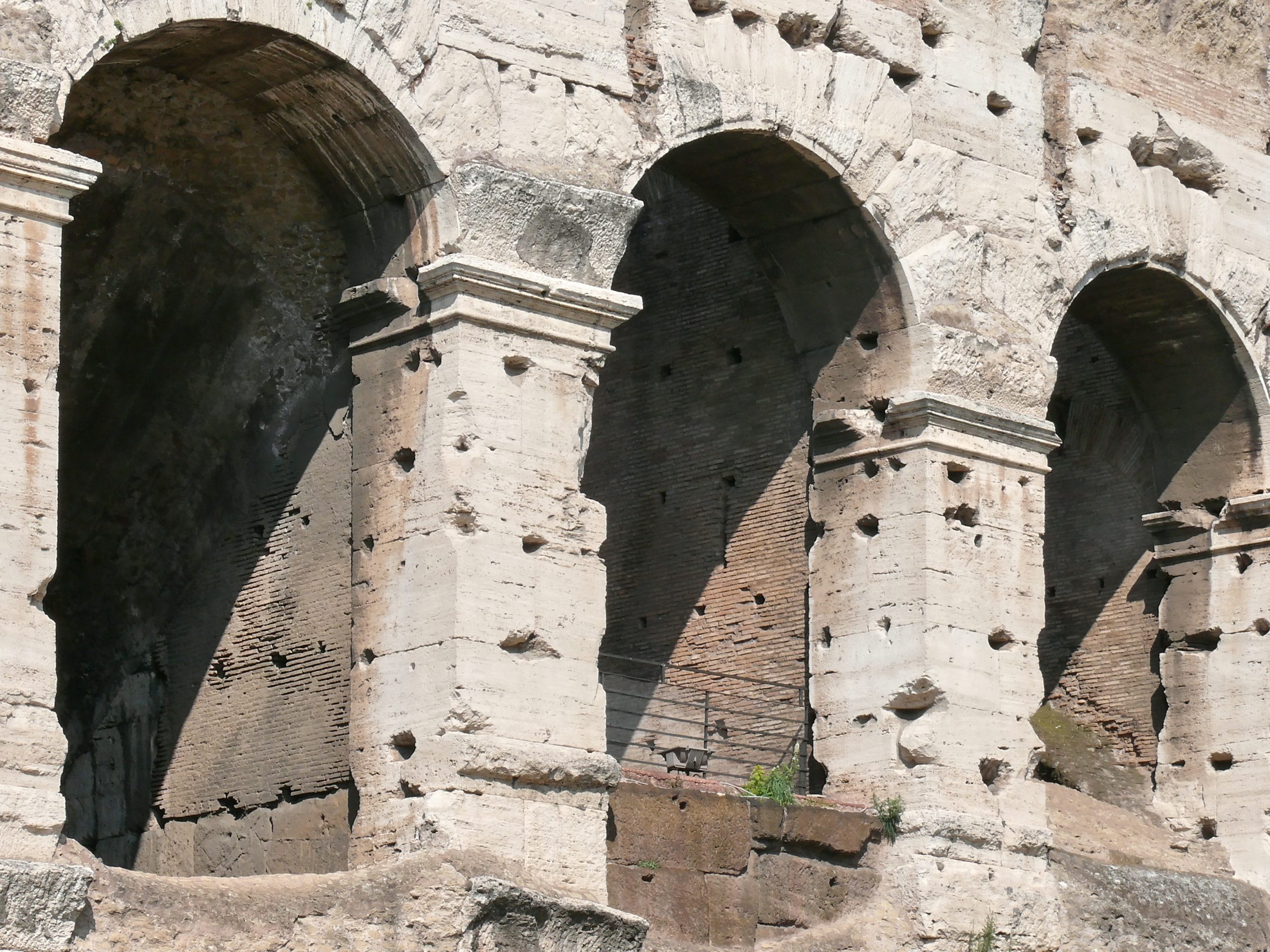
6. WHY DOES IT LOOK LIKE A SWISS CHEESE?
Many visitors to the Colosseum comment that the building resembles swiss cheese because of the holes in the travertine that faces the building. What are all the holes? The massive travertine blocks that make up the outer wall were not stuck together with mortar or cement as you might expect but were held together by iron clamps. After successive Barbarian invasions, iron had become scarce and very valuable. The Romans gouged out the plaster covering the iron and pulled it out and used for various purposes (mostly weaponry). It is estimated over 300 tons of iron was removed from the building leaving it pock-marked as it is today.
7. THE ULTIMATE COMMUTE
Gladiators were highly skilled fighters that could earn hefty sums of money for themselves and their trainers. They lived in a barracks with a training arena called a ludus where they could train 24/7. The largest of these was the Ludus Magnus which had seating capacity for 3,000 spectators to watch the gladiators train. Some of these gladiators wee the Sports stars and sex symbols of their day and held near celebrity status for their skill in the arena, a considerable portion of these spectators may have been adoring fans. The Ludus Magnus was a stone’s throw away from the arena and was connected to the Colosseum via an underground tunnel – making it possible for the gladiators to leave their accommodation and be on stage in a matter of minutes.
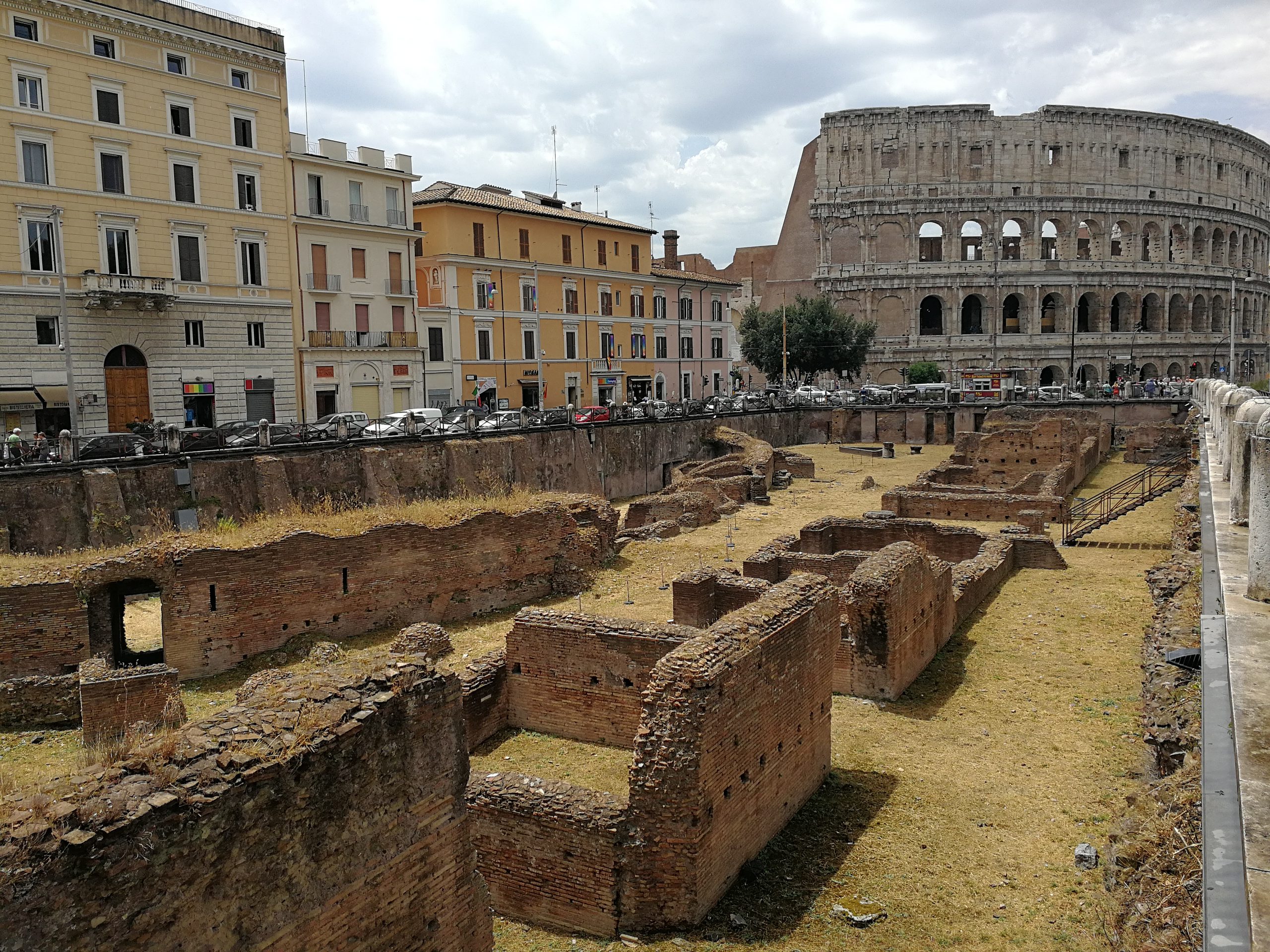
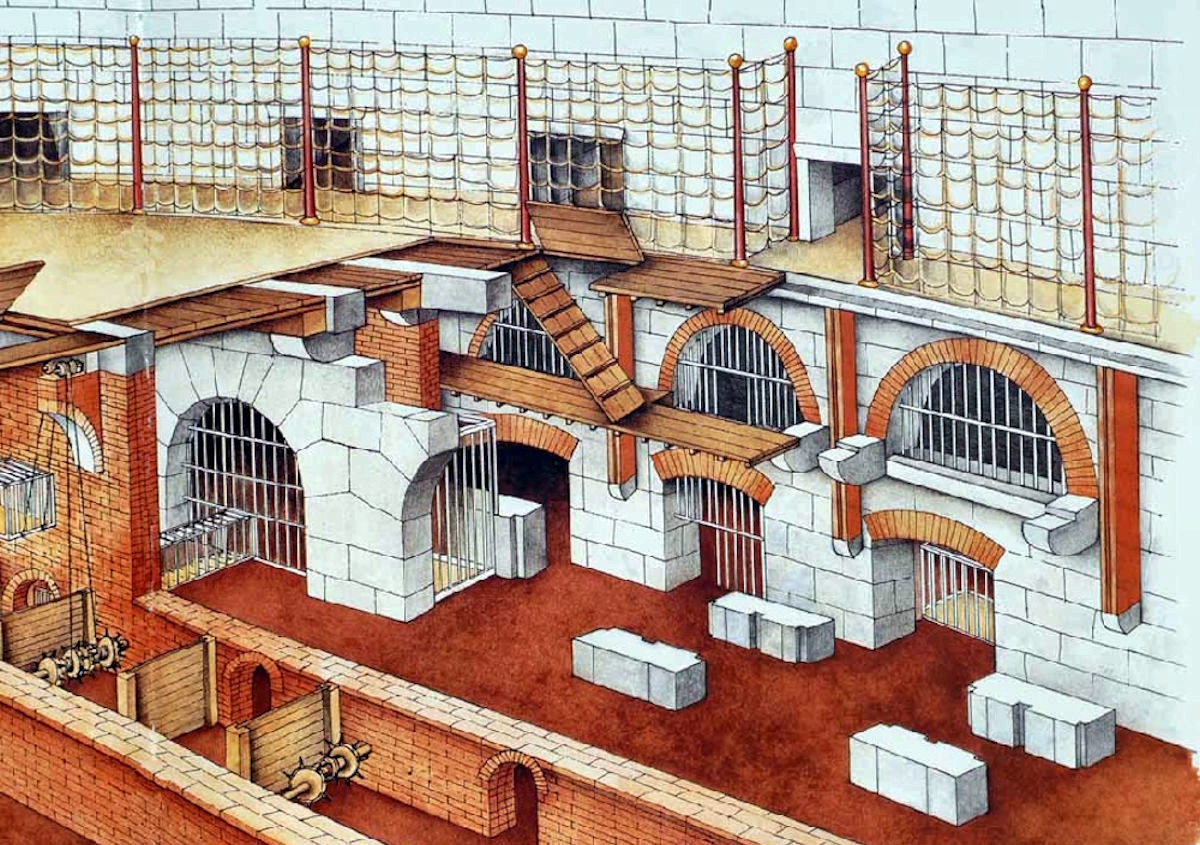
8. BACKSTAGE HELL
Although modern-day visitors to the Colosseum can catch a glimpse of what lies beneath the arena floor, back in ancient times it was a mystery to the spectators. The many corridors and chambers that housed wild animals, storage areas and the lifts, ramps and pulleys was concealed under the sand-strewn wooden arena. It is hard to put a number on how many people worked under the ‘backstage’, each lift needed eight men – we can estimate around 500 people at least. Imagine the working environment of these men; excruciatingly hot and humid conditions, relative darkness lit only with smoking oil lamps and the smell of sweat and fear of men and animals, not to mention the flies and the blood. In this underground hell men worked all day to create a seamless spectacle while the roaring, crowd above relaxed and enjoyed the show.
9. ANCIENT ROMANS WOULD WIN A MODERN-DAY RACE
How quickly could the Colosseum be emptied of its more than 50,000 spectators? Some experts estimate in a mere 25 minutes. Could similar stadiums in modern times do the same? Even without the essential headache of security checks, it remains unlikely. Over ten years ago testing was completed using modern stadium technology, the result was astounding. Thanks to the numerous internal staircases and the numerous entrance/exits the virtual Colosseum could be emptied 13 seconds quicker than a modern stadium of 50,000 spectators. We must remember in reality the Colosseum held many more spectators, yet the design allowed evacuation much quicker than our modern arenas albeit in an age before health and safety!
